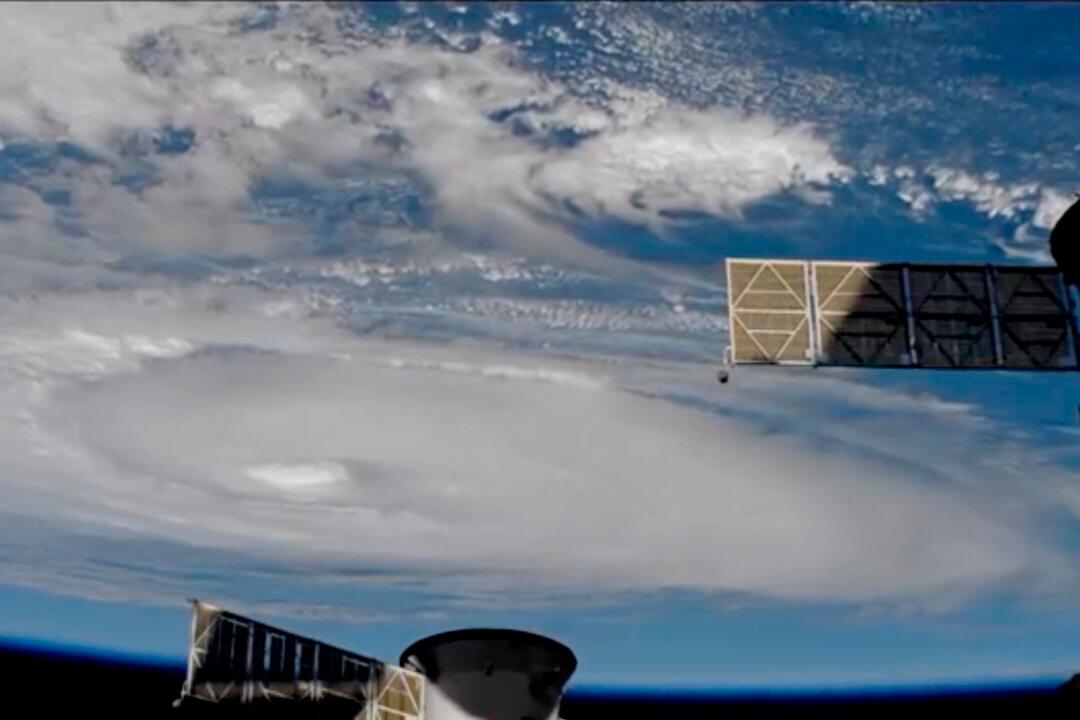Hurricane Dorian’s eye made landfall in the United States for the first time, moving onto Cape Hatteras on North Carolina’s Outer Banks on Sept. 6.
The landfall came several days after the storm decimated parts of the Bahamas.


Hurricane Dorian’s eye made landfall in the United States for the first time, moving onto Cape Hatteras on North Carolina’s Outer Banks on Sept. 6.
The landfall came several days after the storm decimated parts of the Bahamas.